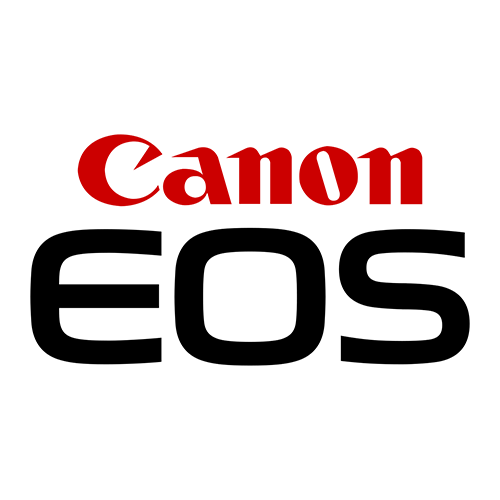3D Laser Scanning
Laser Scanning is a highly effective method of rapidly capturing as-built information in rich detail. The resulting point cloud is a very precise digital record of an object or space from which accurate measurements can be taken and documentation such as 3D CAD models created. 3D Laser Scanning has shown itself to be quicker, safer and more accurate than other measurement techniques.
We use the latest 3D laser scanners to capture precision 3D measurements of your facility / work environment regardless of scale.

Leica ScanStation C10

Leica ScanStation P30

Leica BLK360 Imaging
Photogrammetry
Photogrammetry is the science of taking measurements from photographs. A real-world object or scene is surveyed with a camera, and the resulting photographs are used to take a measurement, reverse engineer, or create an as-built drawing, as-built plan or a 3D model.
Photogrammetry is a highly adaptable technique for documenting the as-built status of a facility including 3D visualisation, and as-built plans and drawings, or for the generation of flattened GIS-referenced or dimensionally accurate orthoimages for building or land surveys.

Canon EOS 5D Mark IV
Professional DSLR Camera

Insta360 Pro
Professional 360 Camera

DJI Phantom 4 Pro
Impressed?
Let's Get Started Now!

















